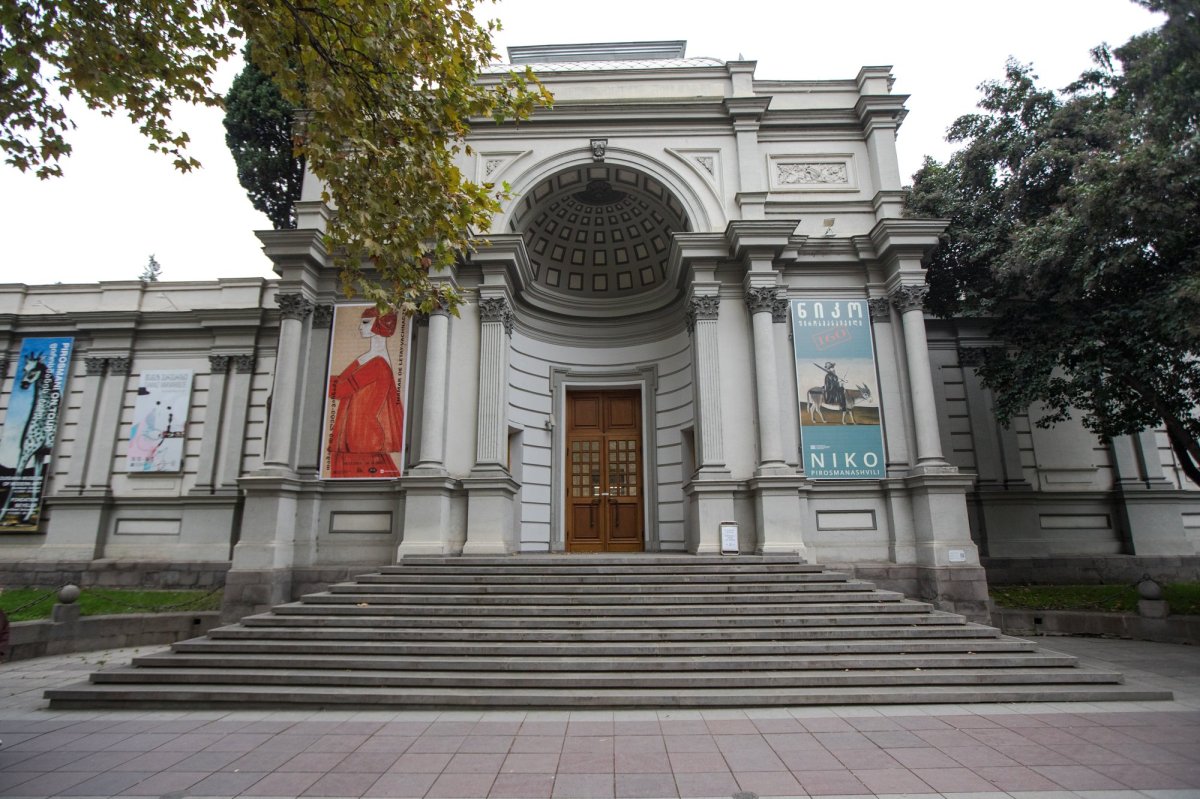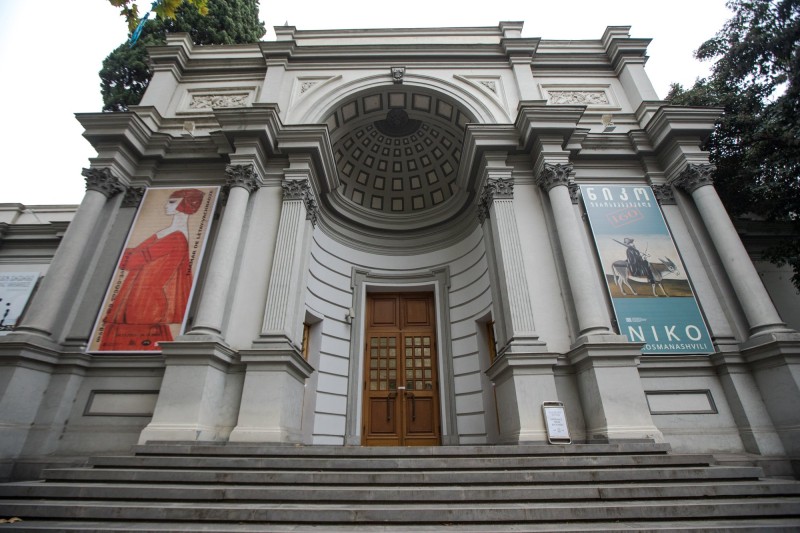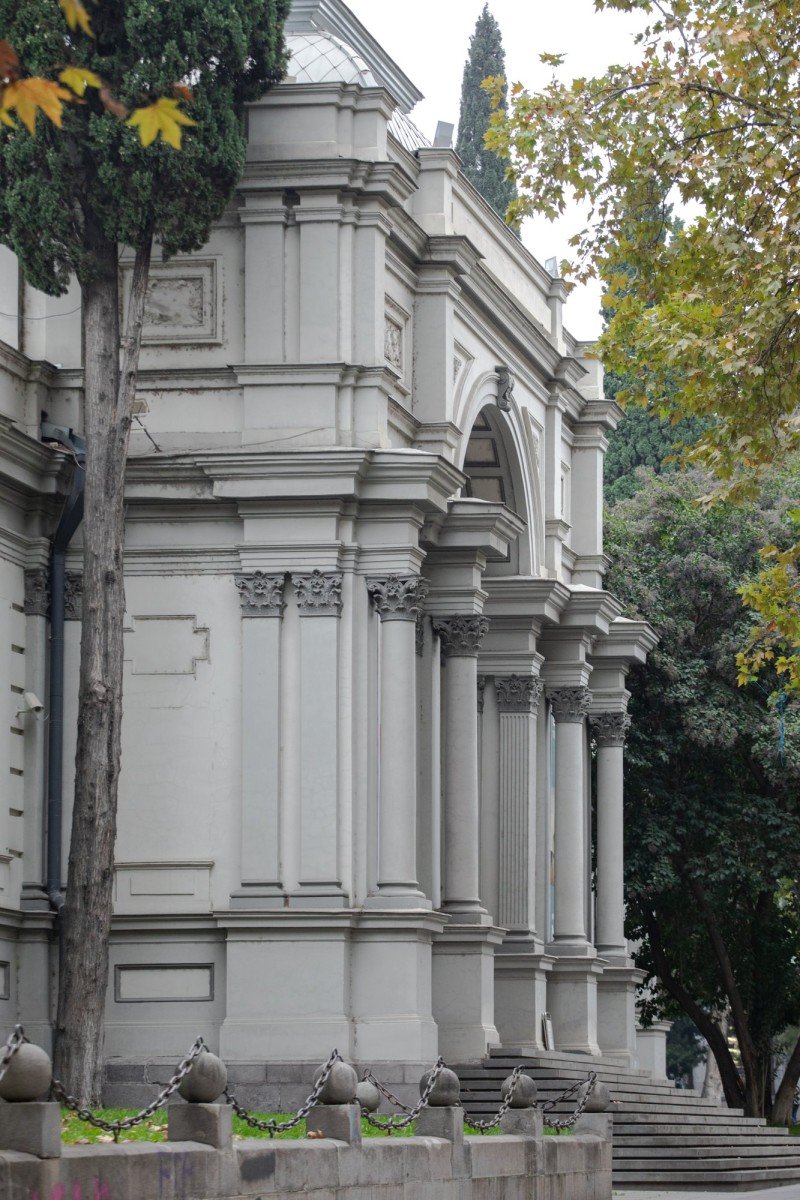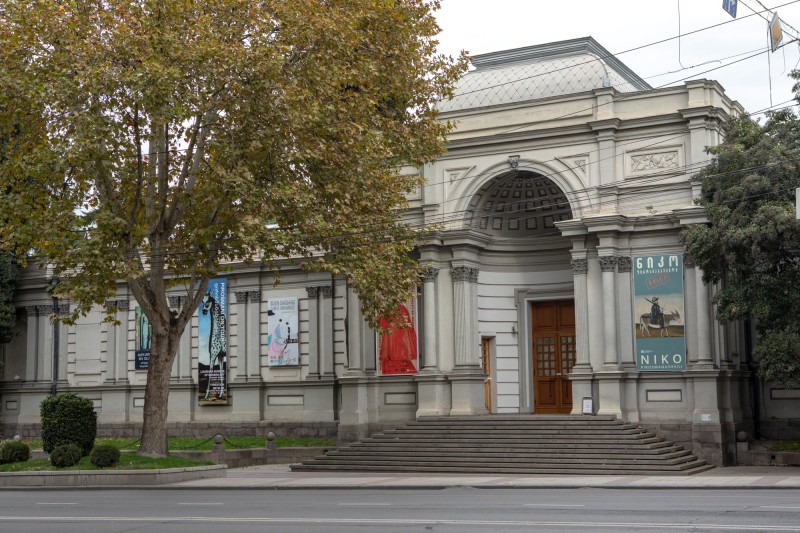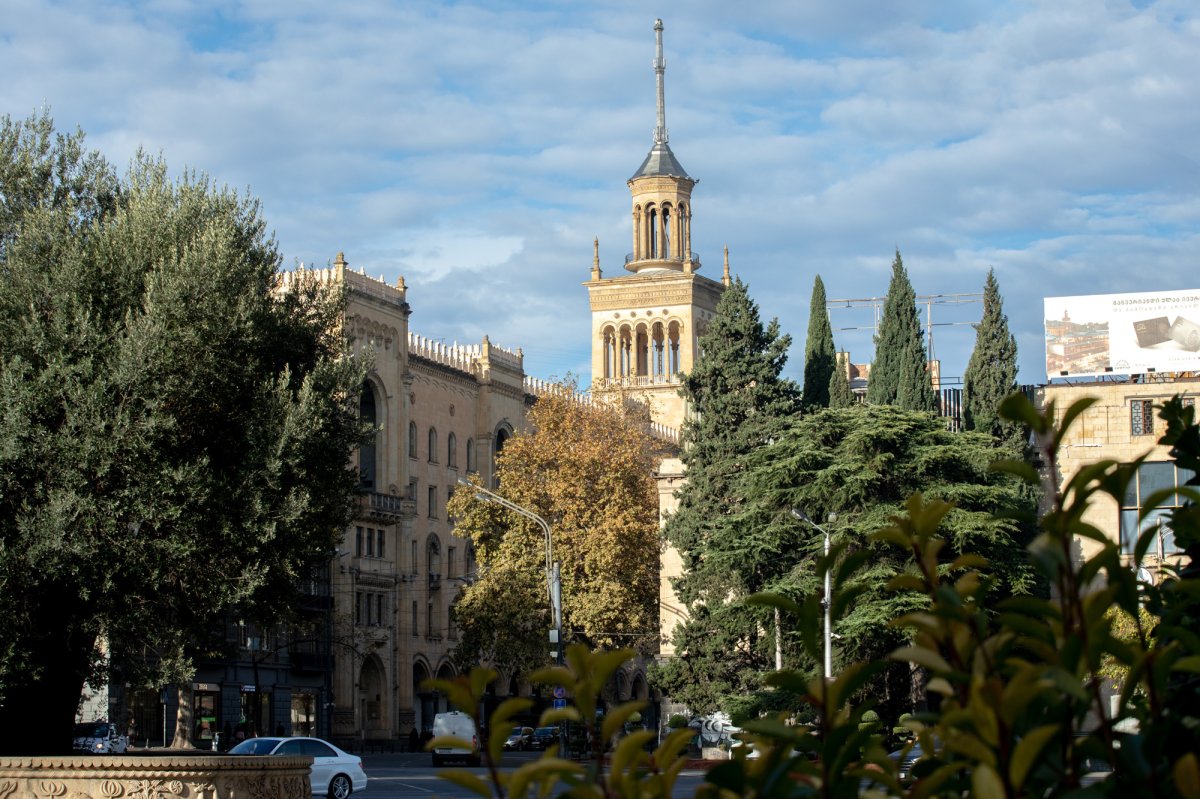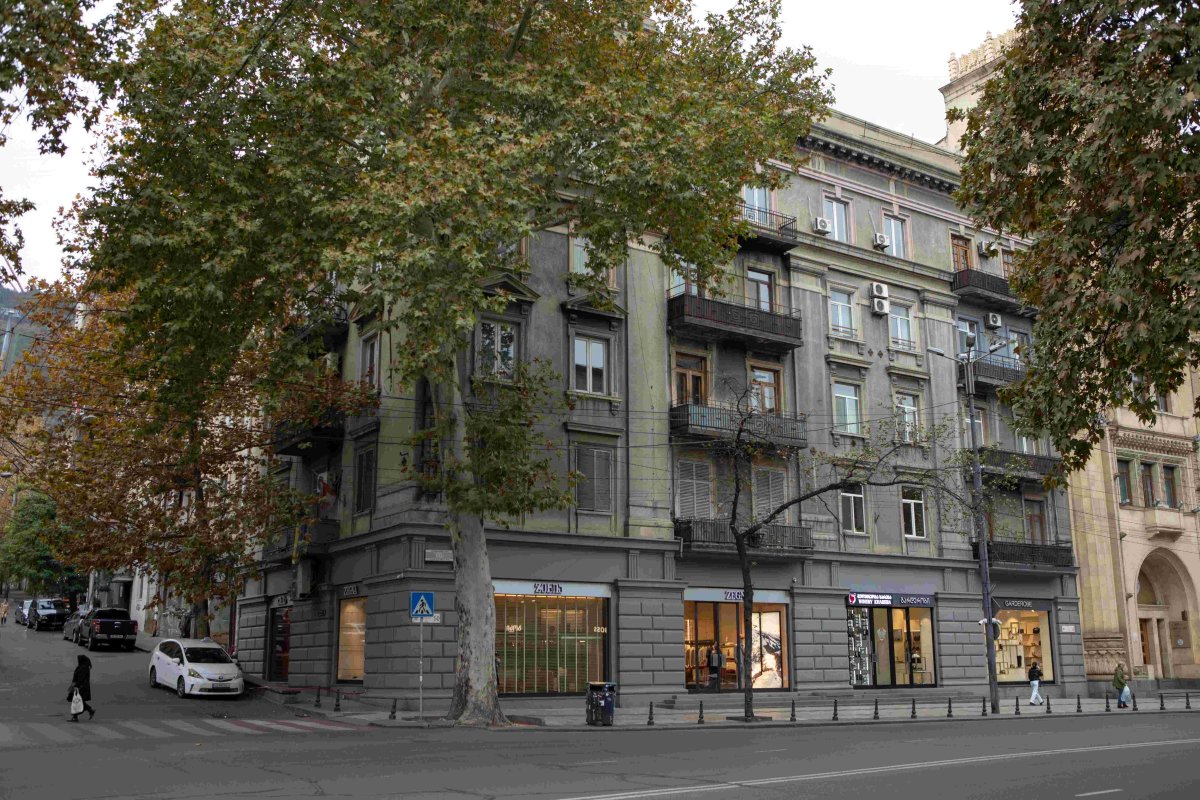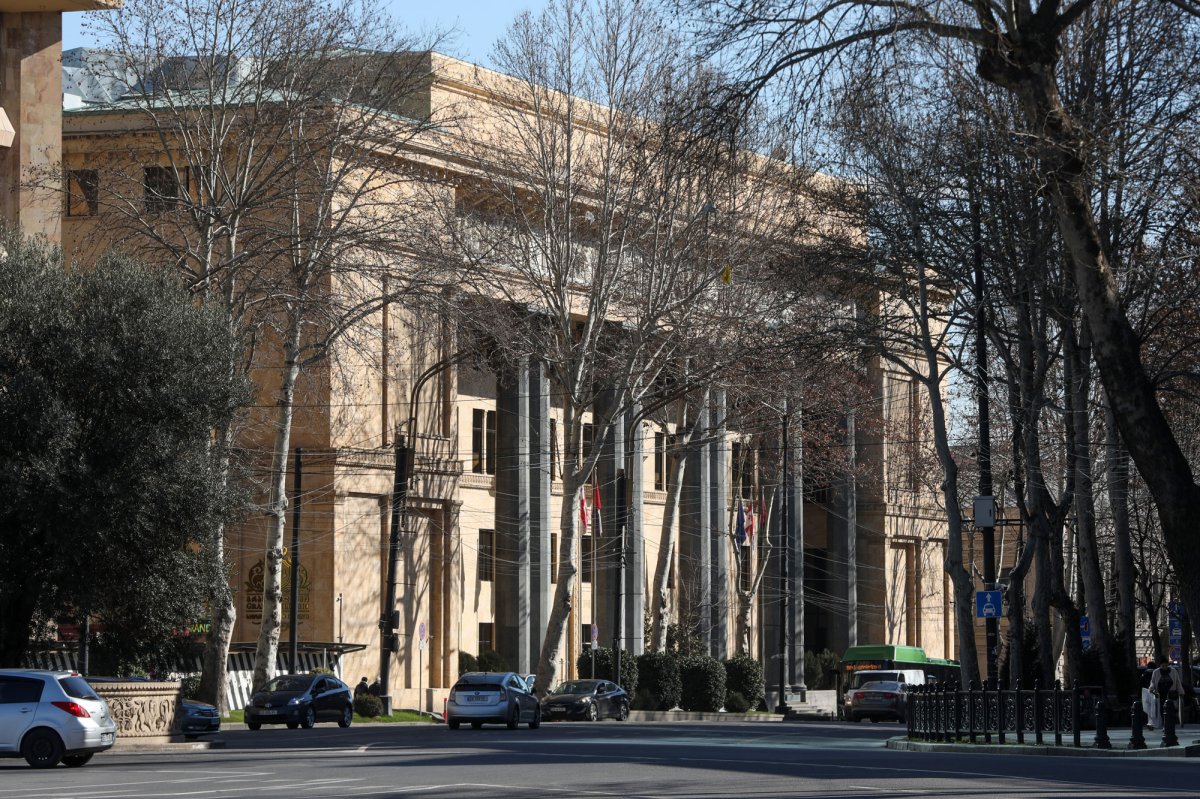
Information in details
The "Temple of Glory" intended for the military-historical museum located at 11, Rustaveli Ave. was built in Tbilisi in 1888-1892, according to the project of the famous German architect, Albert Salzmann. The exhibition palace built in Rome in 1880-1883 in neo-baroque style by the Italian architect Pio Piacentini is used as the prototype of the building. At that time, the purpose of establishing the museum was to immortalize the successes of the Russian army during the wars in the Caucasus. In December 1889, on the basis of a higher decree, the State Property Division handed over this plot of land on Rustaveli Avenue to the Military Engineering Agency for the construction of the above-mentioned military-historical museum. The military engineering agency ordered the drawing up of the project to Albert Saltzman, a well-known architect at that time, and appointed a commission to supervise the works. After the approval of the project, the construction of the museum began in 1890 and ended in 1892, but arrangement of the exhibition was very difficult due to small funding and formal bureaucratic reasons. At the request of the self-government of the city, after a lot of efforts, in February 1907, its arrangement was finished and the military-historical museum called the "Temple of Glory" was opened. The length of the exhibition hall of the museum is 58 meters, width 9.5 meters. Area 551 sq.m. Due to the lack of windows, the hall is covered with glass to receive daylight. This building was one of the first in Tbilisi with such a roof construction. Before the establishment of the Soviet government, ten metal plaques were attached to the deaf wall of the main facade, on which the dates and reports of important victories in the Caucasus War were mentioned. There are shelves on both sides of the facade. We have to think that they were intended for placing statues. The museum had a peculiar wall - crossed cannons and chains tied between them. According to an old reference, these were Turkish cannons - probably booty. The wall was later removed, as were the inscription boards on the facade. In the hall of the museum, there were paintings of famous artists: Rubo, Aivazovsky, and others. Valuable pictures depicting historical events from the Caucasus wars, military personnel, etc. Today, the building houses the National Gallery, which holds the most important exhibition of Georgian art.


 თბილისი, Shota Rustaveli Ave N11
თბილისი, Shota Rustaveli Ave N11
 41.6983034, 44.7987864
41.6983034, 44.7987864

